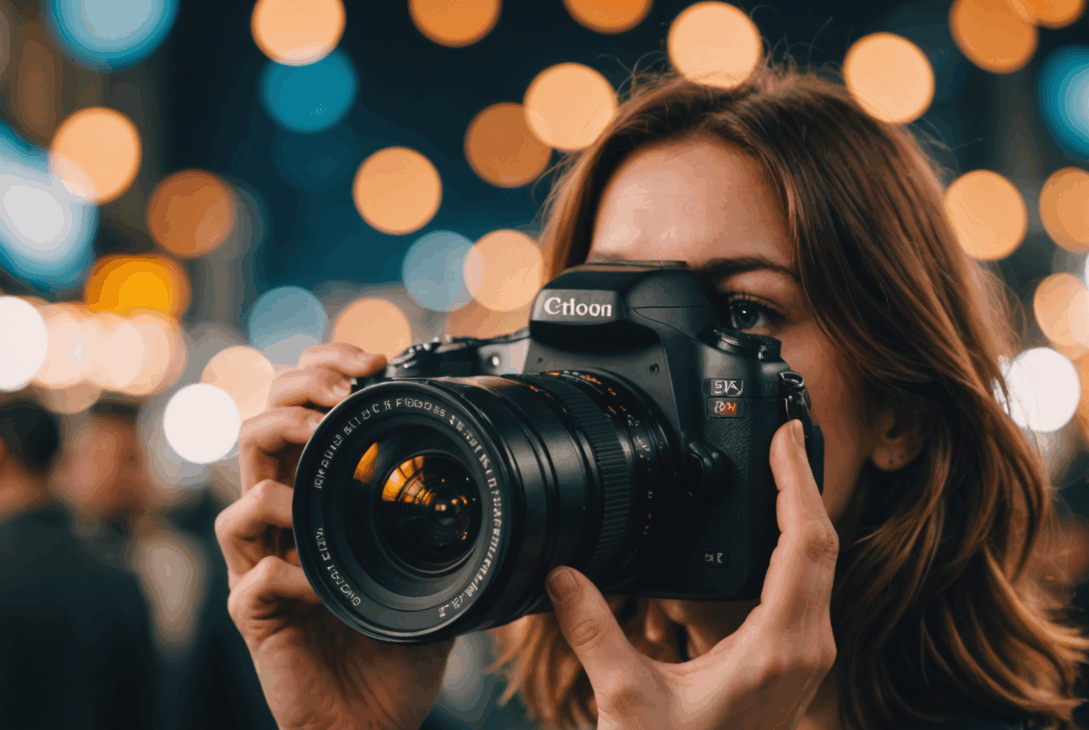“We are what we radiate,” says an old cliché. But 21st-century psychology adds: “And we radiate what we believe we are.” So if you want to appear irresistible to those around you, you must first understand how your own brain works—and then the brains of the people you want to impress. Scientists from Harvard, Oxford and Charles University agree that attractiveness is not only about facial symmetry or waist size, but about a complex bundle of signals we send out. What are they? And what can they do for you? Read on, because some of these tips may shock you.
Introduction: Attractiveness and Psychology
Attractiveness is traditionally confused with physical beauty, yet the psychology of interpersonal relations offers a much broader framework. Social psychologists divide attractiveness into three basic components: physical, behavioral and situational. While the physical side is partly determined by genes, the remaining two are 100 percent in your own hands. And these are precisely what decide whether a pretty face becomes an energetic “wow” personality or just an average woman in the crowd.
What Studies Say About Attractiveness
If you love hard data, perk up:
- A study at the University of Berkeley showed that people who speak about 10 % more slowly than average are perceived as more self-confident and attractive.
- Research published in the journal Personality and Social Psychology Bulletin revealed that small imperfections (for example a tiny scar or crookedly set glasses) can increase attractiveness because they seem authentic.
- A Cambridge analysis of 8,000 Tinder profiles found that a smile in the profile photo increases the number of matches by 17 % for women and by 11 % for men.
- The Czech project Loono found that regular blood donors are rated as more empathetic and up to 12 % more attractive thanks to an “aura of altruism.”
What follows from this? Attractiveness rises with every signal that suggests health, self-confidence and pro-social behavior. And this is exactly where psychological hacks come in.
Practical Tips from Psychologists
Psychologists who study non-verbal communication recommend the so-called “triad of magnetic presence.” It brings body, voice and eyes into natural harmony:
- Body: Stand with shoulders slightly back, feet hip-width apart. This lowers cortisol levels and raises testosterone—the dominance hormone.
- Voice: Breathe into the diaphragm, speak rather slowly but rhythmically. People will follow every word.
- Eyes: Maintain eye contact for at least three seconds, then glance away briefly—the partner’s brain interprets this as a “come-closer–move-away” game, which increases chemical attraction.
Other techniques you can introduce right away:
- Micro-kindnesses: Hold the elevator, compliment a colleague. Each such gesture triggers oxytocin production in the observer’s brain.
- The red-color rule: Shades of red in clothing activate perceptions of passion and vitality, but never overdo it—a lipstick or a belt is enough.
- Mirroring technique: Gently imitate the other person’s facial expressions and gestures. According to a study from Université de Grenoble you’ll boost likeability by up to 27 %.
Personal Experiences and Changes
Lenka (32), a marketer from Prague, underwent a transformation over four months: “I stopped obsessing over dark circles under my eyes and instead learned to speak more calmly. My colleagues noticed right away. One of them told me I seemed ‘different somehow—in a good way’.”
A similar story belongs to Ivana (45), who lost her confidence after a divorce: “I started going to improv theater. They teach you to react spontaneously, not to fear embarrassment. I was promoted at work because I suddenly knew how to run meetings with ease.” Psychologists add that social competence improves the perception of physical beauty—the brain associates positive emotions with the face it sees.
How Attractiveness Affects Relationships
You may be asking: “Fine, I’ll be more attractive. So what?” The answer is simple—better relationships. Specifically:
- Romantic relationships: Higher attractiveness increases the probability of long-term satisfaction. Not because your partner loves you only for your looks, but because they feel proud and enjoy presenting you.
- Friendships: Attractiveness is linked to the so-called “halo effect”—others attribute additional positive qualities to you, such as intelligence or reliability.
- Workplace: The “beauty pays” effect has shown that attractive people earn on average 3–4 % more. But beware, it’s not just about a genetic lottery—displays of self-confidence play a key role.
Interestingly, partners of attractive people often mirror their behavior. When you learn to stand up straight and lead open conversations, your counterpart is very likely to adopt it too. The result is a healthier dynamic and fewer conflicts, as confirmed by a 2022 meta-analysis of 52 studies.
Conclusion: Attractiveness as a Path to Better Relationships
Psychologists agree: attractiveness is not a fixed trait but a skill. When you work on posture, voice modulation and small social gestures, you trigger a chain reaction of positivity. People around you start to perceive you differently, which in turn boosts your self-confidence—and the circle closes. Attractiveness then becomes a catalyst for deeper, more authentic relationships, whether romantic, friendly or professional.
Regardless of how old you are or what genes you have, you can start today with small changes that bring big results. And who knows—tomorrow you might be the biggest surprise at the company meeting or family gathering. So what are you waiting for? Step toward your own version of irresistibility!


